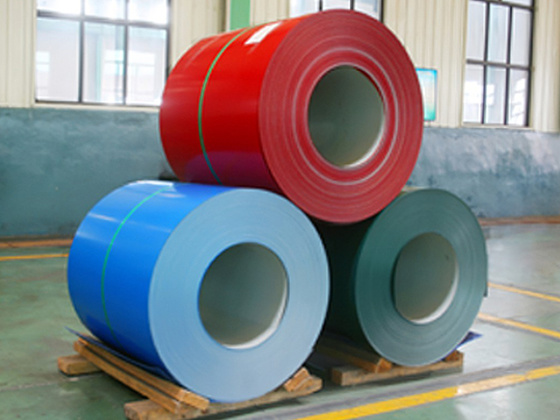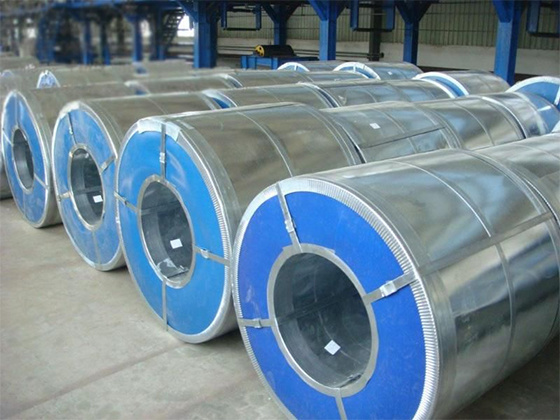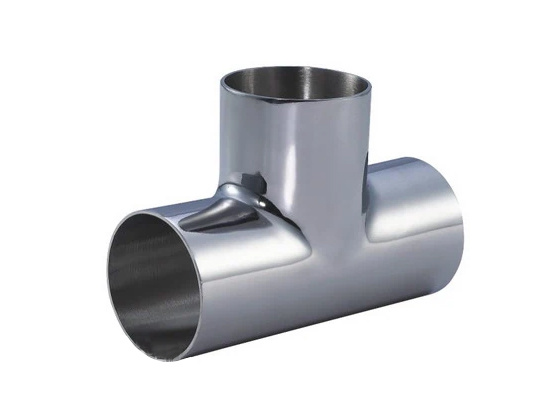Contact Us
E-mail:
sunjiyang@meidexiang.com
Tel/Wechat/WhatsApp:
+8618633701166
Tel/WeChat:
+86-13663271100
Address:
Hope New District, Mengcun, Cangzhou City, Hebei Province, China (East of Lijiapu Bridge, Cangyan Road 283)

H-beam
- Product Description
-
H-beams are a new type of efficient and economical construction steel widely used in various fields such as construction, bridges, and machinery manufacturing. Here is a detailed introduction to it:
Structural Characteristics
Cross-section shape: The cross-section of H-beams resembles the uppercase letter 'H', consisting of two parallel flange plates and a web connecting the two flange plates. The flange plates are usually wide and have uniform thickness, while the web is located in the middle and is relatively thin. This cross-section shape allows H-beams to fully utilize the mechanical properties of steel under load, providing high strength and stability.
Specification representation: The specifications of H-beams are generally represented by the dimensions of height (H) × width (B) × web thickness (t1) × flange thickness (t2), measured in millimeters. For example, H300×200×8×12 indicates an H-beam with a height of 300 mm, a width of 200 mm, a web thickness of 8 mm, and a flange thickness of 12 mm.
Classification
Hot-rolled H-beams: These are produced by heating steel billets and continuously rolling them in a mill, resulting in high production efficiency, good dimensional accuracy, and surface quality, allowing for mass production and widespread application in various construction and industrial structures.
Welded H-beams: These are made by cutting steel plates into suitable shapes and then welding the flange plates and web together. They can be flexibly customized in size and shape according to specific needs, suitable for special specifications or projects with unique requirements, but the quality of welding significantly affects their performance.
Performance Advantages
High strength: The reasonable cross-section shape of H-beams, along with the collaborative work of the flange plates and web, allows them to exhibit high strength under various loads such as axial pressure, tension, bending moments, and shear forces, effectively reducing the amount of steel used and lowering project costs.
Good stability: Due to the symmetry and regularity of its cross-section, H-beams have good stability under load, making them less prone to twisting, deformation, and buckling, ensuring the safety and reliability of the structure during use.
Convenient construction: The regular shape of H-beams facilitates cutting, welding, drilling, and other processing operations on the construction site, and they can be directly used to construct frame structures without the need for complex splicing and assembly like traditional steel sections, greatly improving construction efficiency and shortening construction time.
Strong recyclability: Steel itself has good recyclability, and H-beams, as a commonly used steel material, can be easily recycled and reused after the demolition of buildings or the scrapping of equipment, meeting the requirements of sustainable development.
Application Fields
Construction Industry
High-rise buildings: In the frame structures of high-rise buildings, H-beams are often used as the main materials for columns and beams, with their high strength and good stability meeting the structural load-bearing and wind and earthquake resistance requirements of high-rise buildings.
Industrial buildings: Industrial buildings typically require large space and load-bearing capacity. H-beams can be used to construct the frame structure of factories, capable of bearing large loads such as crane loads and equipment weight, while facilitating the layout of production lines and equipment.
Bridge Engineering
Sea-crossing bridges: In the construction of sea-crossing bridges, H-beams can be used to make key components such as main beams and piers, with their corrosion resistance and high strength ensuring the long-term safe and stable operation of the bridge in marine environments.
Urban interchanges: Urban interchanges need to withstand frequent vehicle loads and complex stress conditions. The excellent performance of H-beams can meet the structural design requirements, improving the load-bearing capacity and service life of the interchange.
Machinery Manufacturing
Equipment frames: Used to make frame structures for various machinery equipment, such as machine tools, cranes, and conveyor equipment, providing stable support and installation foundation for the equipment, ensuring normal operation.
Industrial shelves: In the logistics and warehousing field, H-beams can be used to make industrial shelves, with high strength and large load-bearing capacity to meet the storage needs of different goods, while facilitating the handling and management of goods.
Vehicle Manufacturing
Body structure: In the manufacturing of railway passenger cars, freight cars, and some large special vehicles, H-beams can be used to create the skeleton of the body, enhancing the strength and rigidity of the body, improving the safety and comfort of the vehicle.
Chassis: In the manufacturing of truck chassis, H-beams are also commonly used materials, capable of withstanding various loads and impacts during vehicle operation, ensuring normal driving and service life.
Selection Considerations
Select based on engineering needs: The appropriate H-beam specifications should be chosen based on the specific engineering structure and load conditions. For columns and main beams that bear larger loads, H-beams with greater height and flange thickness should be selected; for secondary beams and general support structures, slightly smaller specifications of H-beams can be used.
Consider environmental factors: If H-beams will be used in harsh environmental conditions, such as coastal areas or corrosive environments like chemical zones, materials with good corrosion resistance, such as weathering steel, should be prioritized, or effective anti-corrosion measures like galvanizing or painting should be taken to extend their service life.
Quality control: When purchasing H-beams, it is important to check the product quality, including dimensional accuracy, surface quality, chemical composition, and mechanical properties of the steel. Ensure that the selected H-beams meet relevant standards and engineering requirements to avoid affecting project quality and safety.
Hot Tags:
Inquire Now
Note: Please leave your email address, our professionals will contact you as soon as possible!





